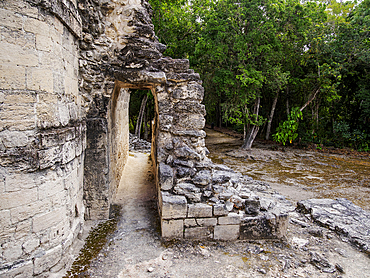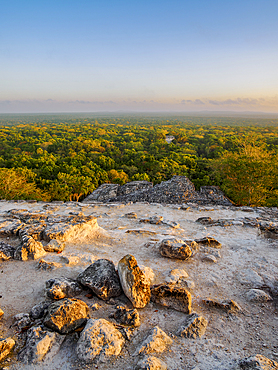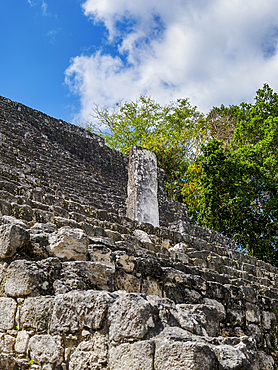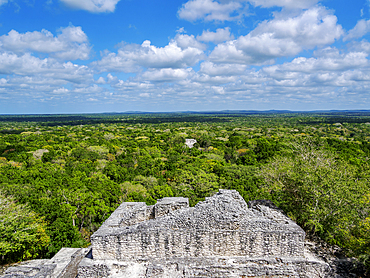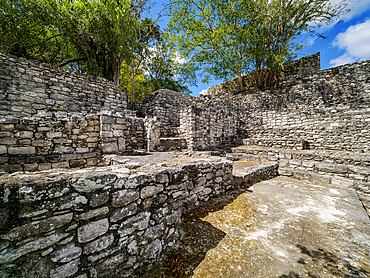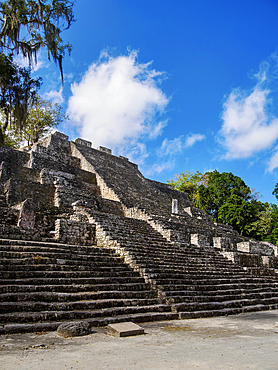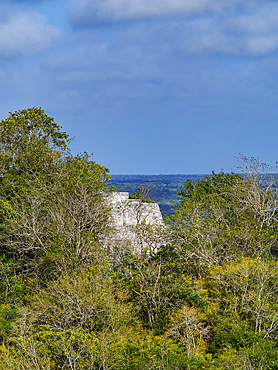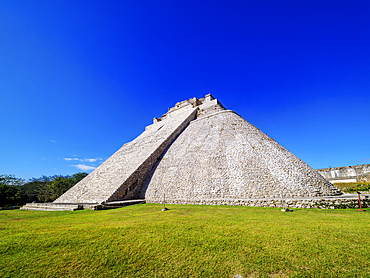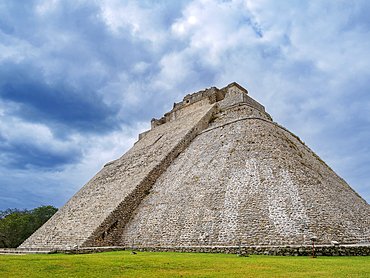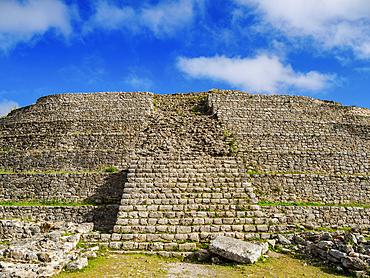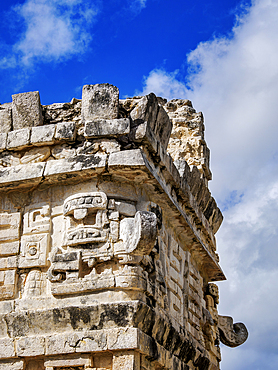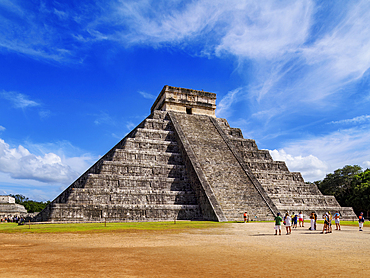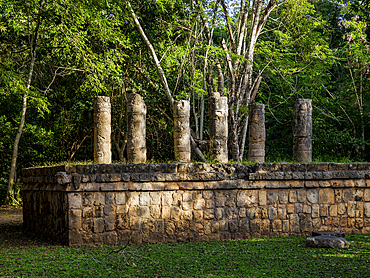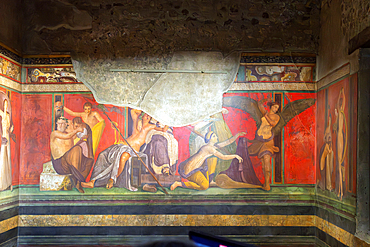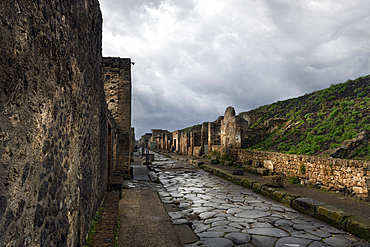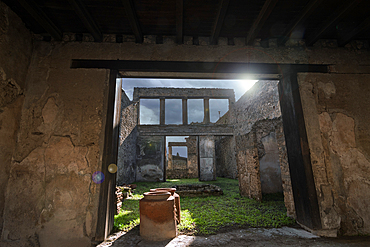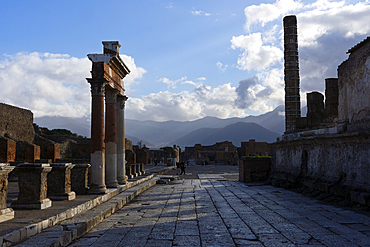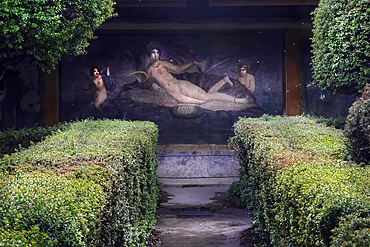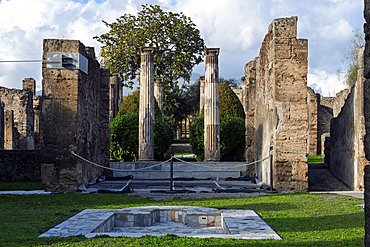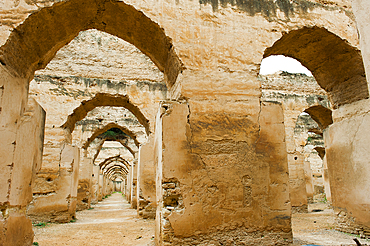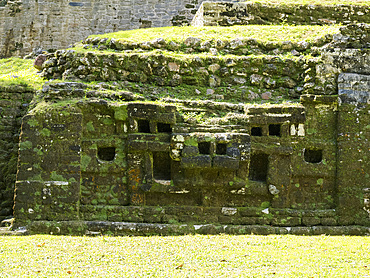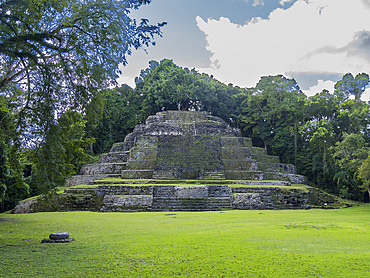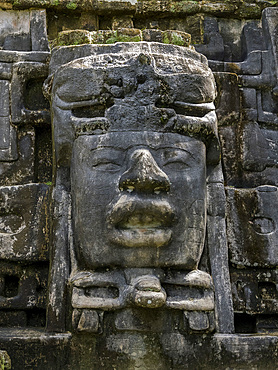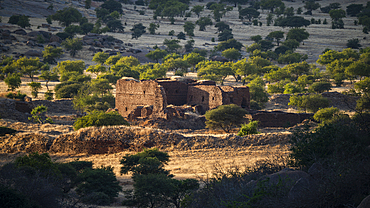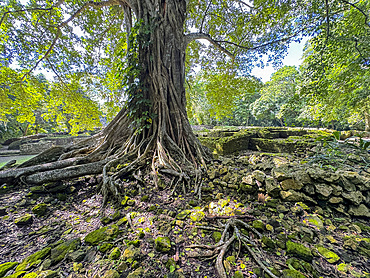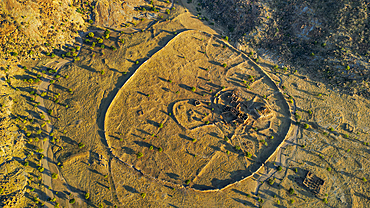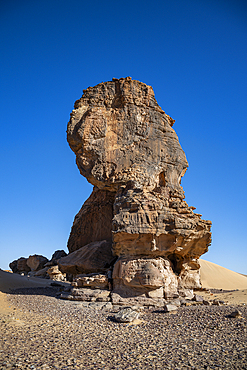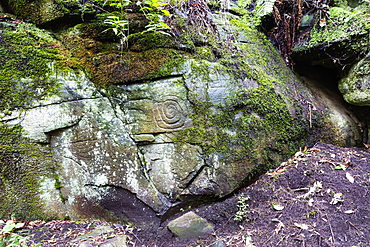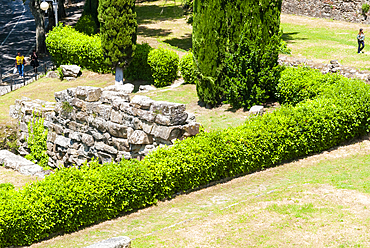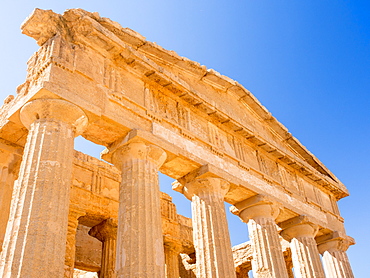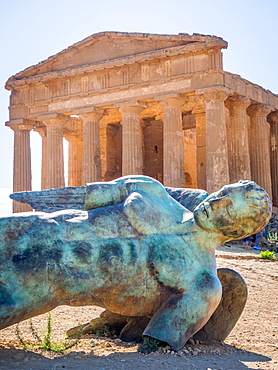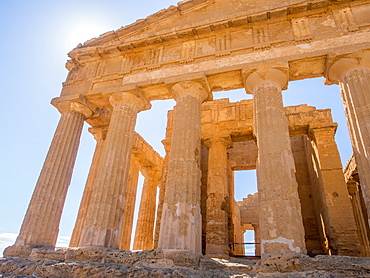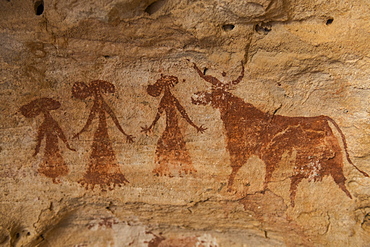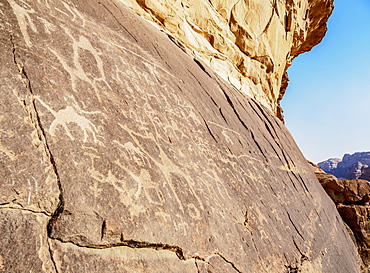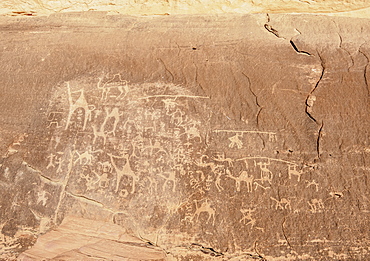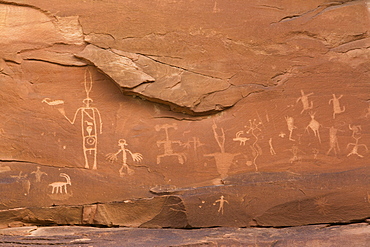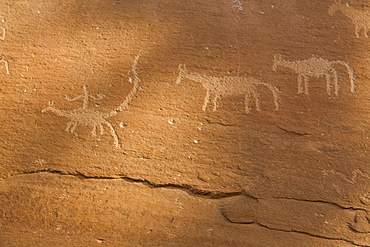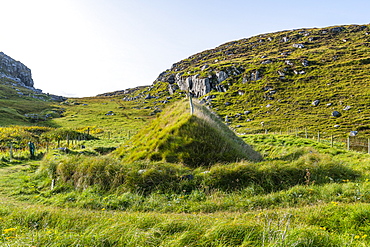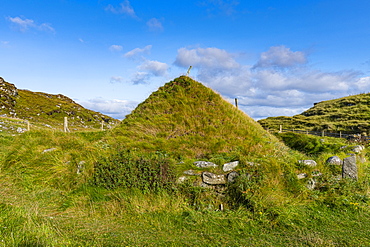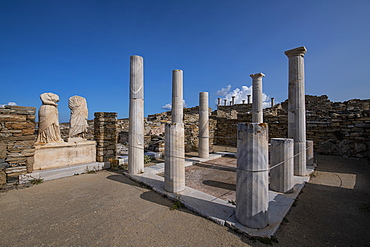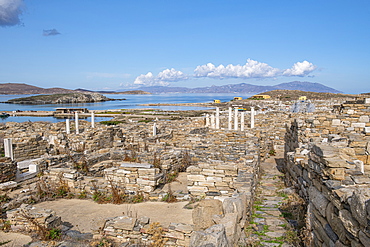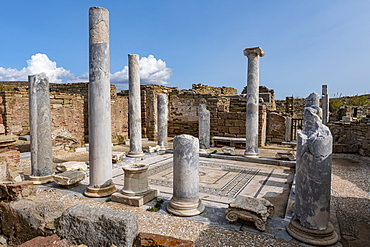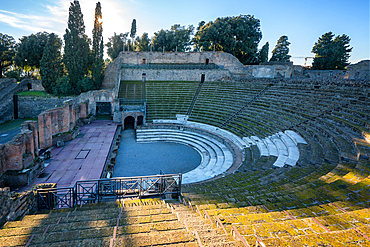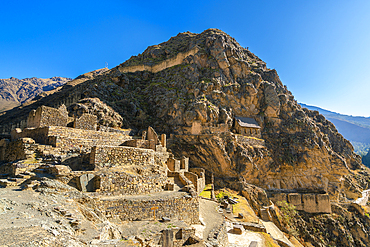Results
« Previous 1 … 3 4 5 6 7 Next »
650 results found
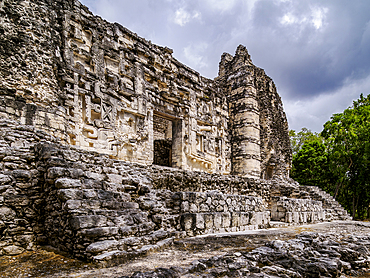
Structure II with menacing jaws of the serpent god Itzamna entrance, Hormiguero Archaeological Site, Campeche State, Mexico
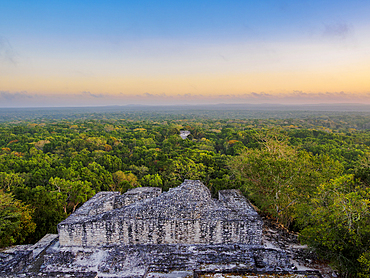
View over Structure II towards Structure VII at dawn, Calakmul Archaeological Site, Campeche State, Mexico

Structure II, monster mouth temple, Central Plaza, Chicanna Archaeological Site, Campeche State, Mexico
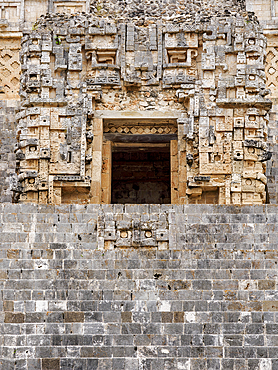
Pyramid of the Fortune-teller or Pyramid of the Magician, detailed view, Uxmal, Yucatan State, Mexico
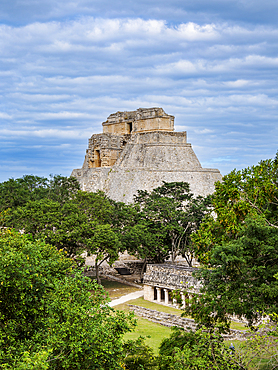
Pyramid of the Fortune-teller or Pyramid of the Magician, elevated view, Uxmal, Yucatan State, Mexico
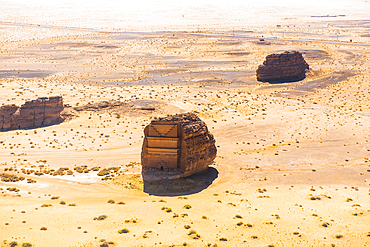
Aerial view of Qasr al-Farid, the largest tomb within Site of Hegra (Madain Salih), UNESCO, in the area of AlUla, Medina Province, Saudi Arabia
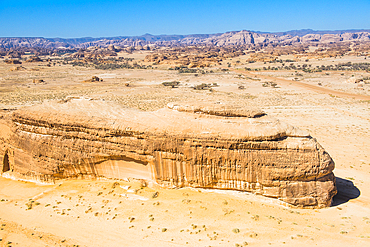
Aerial of tombs carved in sandstone rock of Jabal Banat (Qasr al-Bint), Hegra (Madain Salih), UNESCO, AlUla area, Medina Province, Saudi Arabia
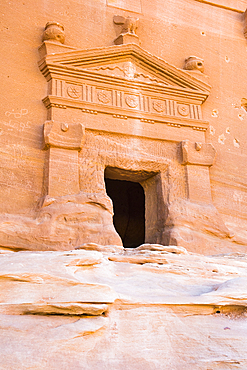
Tomb carved into sandstone rock of Jabal Banat (Qasr Al-Bint) area in site of Hegra (Madain Salih), UNESCO, AlUla, Medina Province, Saudi Arabia
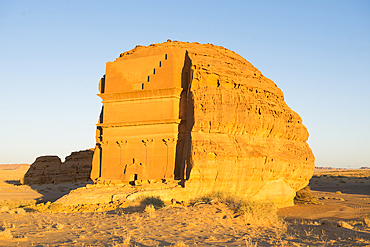
Tomb of Lihyan, son of Kuza (Qasr al-Farid), carved into sandstone outcrop within the Site of Hegra, UNESCO, AlUla, Medina Province, Saudi Arabia
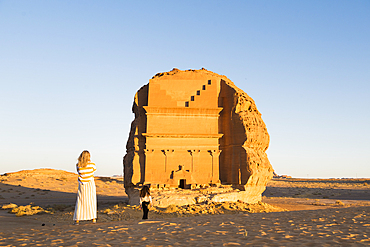
Tomb of Lihyan, son of Kuza (Qasr al-Farid), carved into sandstone outcrop within the Site of Hegra, UNESCO, AlUla, Medina Province, Saudi Arabia
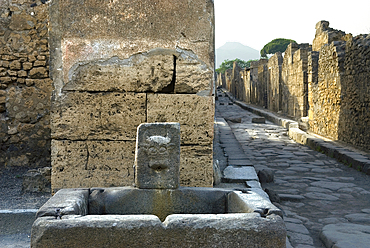
Fountain, archaeological site of Pompeii, UNESCO World Heritage Site, province of Naples, Campania, Italy, Europe
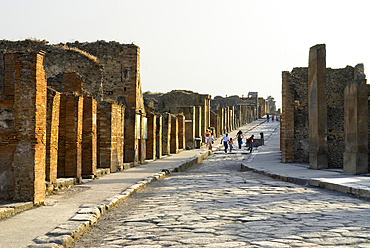
The Way of Abundance, archaeological site of Pompeii, UNESCO World Heritage Site, province of Naples, Campania, Italy, Europe

Passengers at Maya Train / Tren Maya new rail route connecting Mayan archaeological sites over Yucatan and Quintana Roo states in southern Mexico
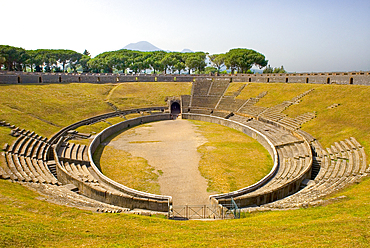
Amphitheatre of the archaeological site of Pompeii, UNESCO World Heritage Site, province of Naples, Campania region, Italy, Europe
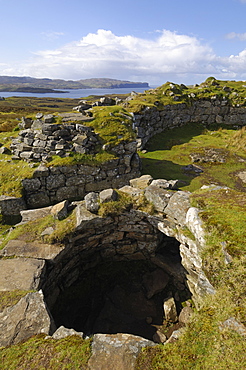
Ancient Iron Age Broch of Dun Beag, Struan, Isle of Skye, Inner Hebrides, Scotland, United Kingdom, Europe
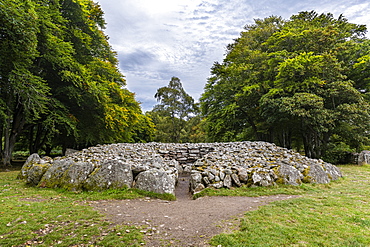
Clava cairn, Bronze Age circular chamber tomb, Inverness, Highlands, Scotland, United Kingdom, Europe
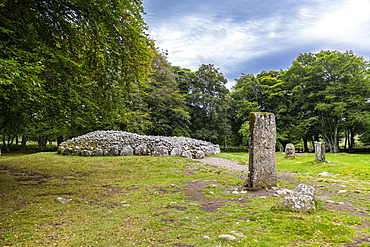
Clava cairn, Bronze Age circular chamber tomb, Inverness, Highlands, Scotland, United Kingdom, Europe

Ball court near the high temple at the Mesoamerican archaeological site of Lamanai (Submerged Crocodile), Belize
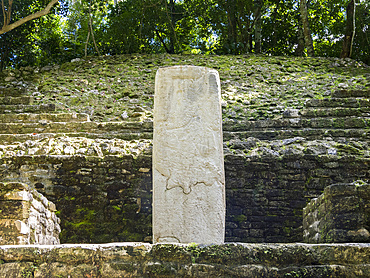
The temple Stela 9 complex at the Mesoamerican archaeological site of Lamanai (Submerged Crocodile), Belize
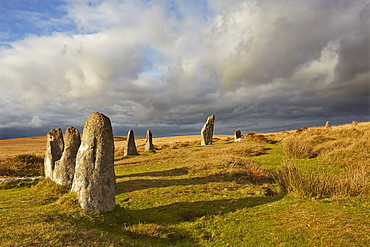
Ancient prehistoric standing stones in a stone circle, Scorhill Stone Circle, Dartmoor National Park, Devon, England, United Kingdom, Europe
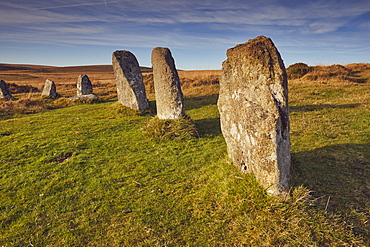
Ancient prehistoric standing stones in a stone circle, Scorhill Stone Circle, Dartmoor National Park, Devon, England, United Kingdom, Europe
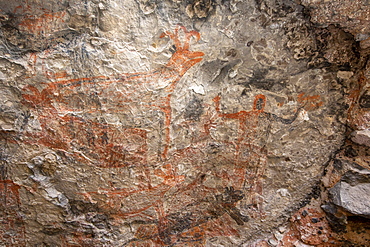
Rock art pictographs of the Cochimi people, Cueva del Raton, UNESCO World Heritage Site, Sierra de San Francisco, Baja California Sur, Mexico, North America

Skara Brae, a Neolithic village constructed in 3100 BC, UNESCO, Orkney Islands, Scotland, United Kingdom
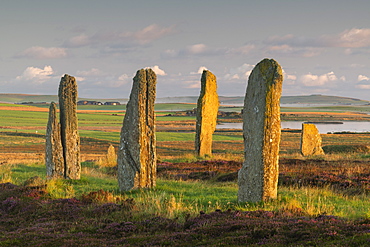
Neolithic Ring of Brodgar, UNESCO World Heritage Site, at dawn on the Orkney Islands, Scotland, United Kingdom, Europe
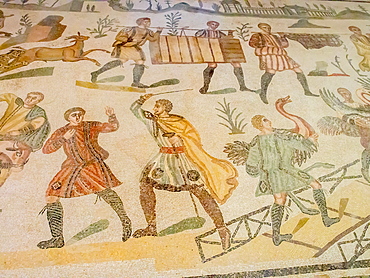
Section of floor mosaic, Villa Romana del Casale, Piazza Armerina, UNESCO World Heritage Site, Sicily, Italy, Europe
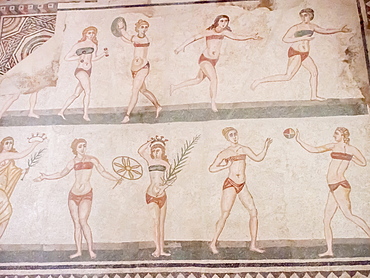
Floor mosaic of female athletes, Villa Romana del Casale, Piazza Armerina, UNESCO World Heritage Site, Sicily, Italy, Europe
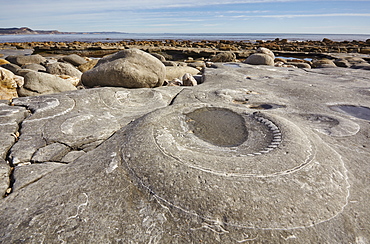
An Ammonite fossil embedded in rocks on Monmouth Beach, near Lyme Regis, Jurassic Coast, UNESCO World Heritage Site, Dorset, England, United Kingdom, Europe
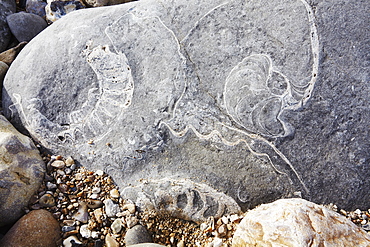
Two Ammonite fossils and a Nautilus fossil in rocks on Monmouth Beach, Lyme Regis, Jurassic Coast, UNESCO World Heritage Site, Dorset, England, United Kingdom, Europe
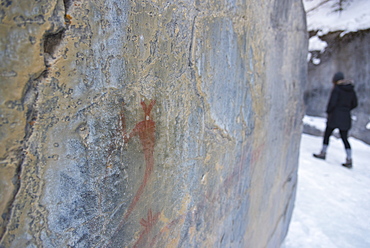
Ancient native pictographs (cave paintings) on a canyon wall with a young woman walking in background, Grotto Canyon, Alberta, Canada, North America

Ancient native pictographs on a canyon wall, Grotto Canyon, Alberta, Canadian Rockies, Canada, North America

Moki (Moqui) Queen Pictograph, Glen Canyon National Recreation Area, Utah, United States of America, North America
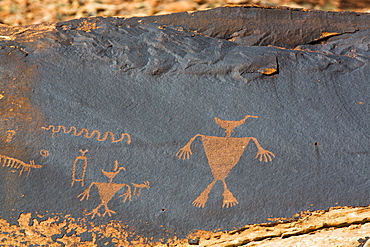
Duckhead Man Petroglyph, Bears Ears National Monument, Utah, United States of America, North America
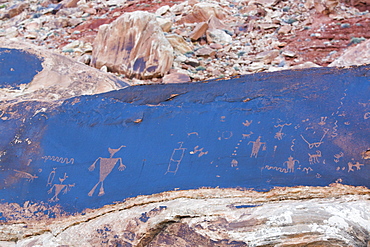
Duckhead Man Petroglyph, Bears Ears National Monument, Utah, United States of America, North America
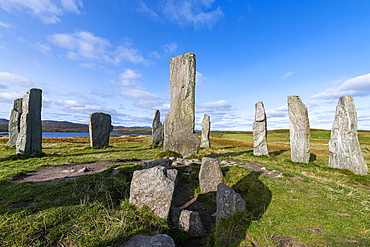
Callanish Stones, standing stones from the Neolithic era, Isle of Lewis, Outer Hebrides, Scotland, United Kingdom, Europe
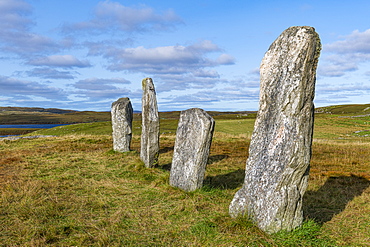
Callanish Stones, standing stones from the Neolithic era, Isle of Lewis, Outer Hebrides, Scotland, United Kingdom, Europe
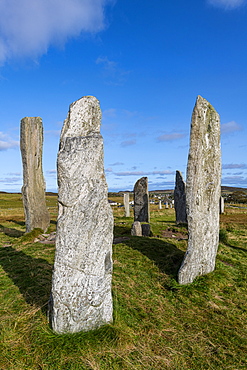
Callanish Stones, standing stones from the Neolithic era, Isle of Lewis, Outer Hebrides, Scotland, United Kingdom, Europe
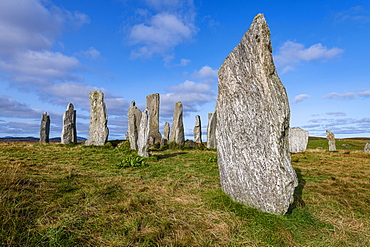
Callanish Stones, standing stones from the Neolithic era, Isle of Lewis, Outer Hebrides, Scotland, United Kingdom, Europe
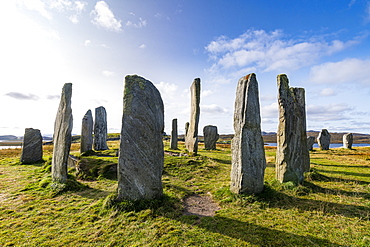
Callanish Stones, standing stones from the Neolithic era, Isle of Lewis, Outer Hebrides, Scotland, United Kingdom, Europe
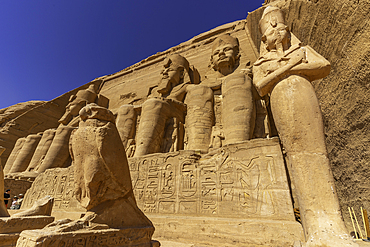
Exterior view of tourists and massive sculptures at the Abu Simbel Temple next to Lake Nasser, Temple of the Pharaohs, Ramses II, Nubia, Egypt, Africa
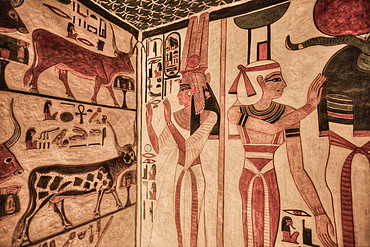
Image of Nefertari, Paintings and Relief, Tomb of Nefertari, QV66, Valley of the Queens, Ancient Thebes, UNESCO World Heritage Site, Luxor, Egypt, North Africa, Africa
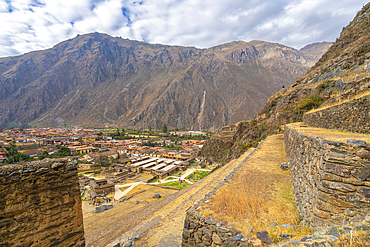
Terraces and ruins at archaeological site of Ollantaytambo, Ollantaytambo District, Sacred Valley, Urubamba Province, Cusco (Cuzco) Region, Peru, South America
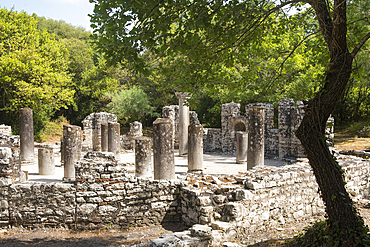
Remains of the baptistery, Archaeological site of Butrint, Butrint National Park, UNESCO World Heritage Site, near Saranda, on the Ionian coast, Albania, Europe
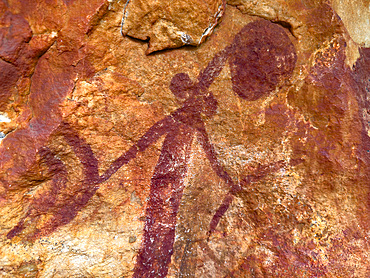
Jar Island Indigenous Gwion Gwion art, dated from at least 17500 years ago, Vansittart Bay, Kimberley, Western Australia, Australia, Pacific
